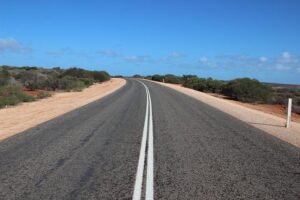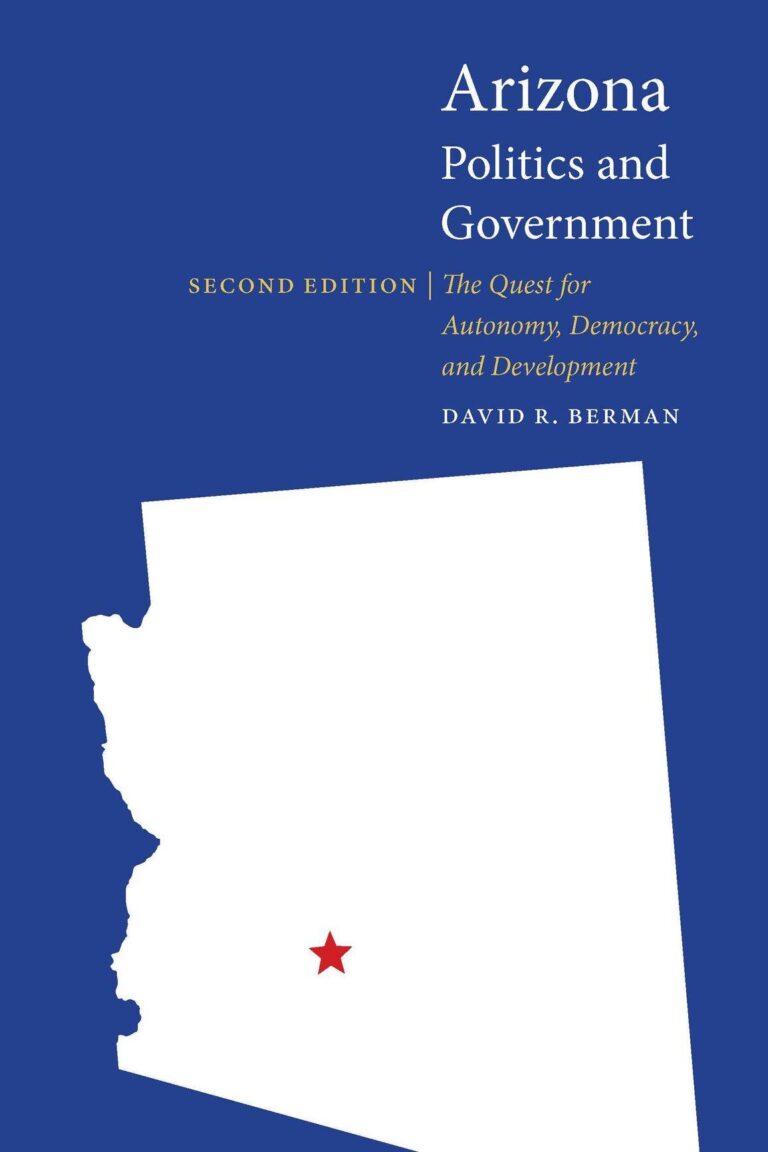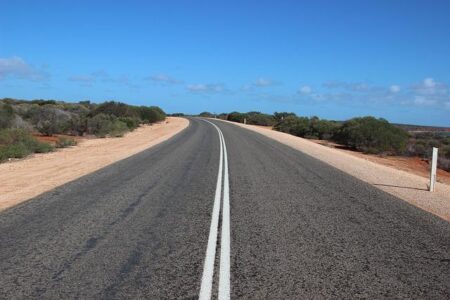Arizona stands at a pivotal crossroads in the American Southwest, where dynamic political shifts, a robust and evolving economy, and a diverse social landscape intersect to shape the state’s unique identity. From its role as a battleground in national elections to its booming industries and vibrant communities, Arizona continues to influence broader trends across the nation. This article explores the intricate tapestry of Arizona’s politics, economy, and society, providing an in-depth analysis of the forces driving change in one of the fastest-growing states in the country.
Arizona Political Landscape Shaped by Emerging Demographic Trends
Arizona’s political dynamics are increasingly influenced by shifting demographics that are redefining traditional voting patterns and party affiliations. The growth of the Hispanic population, currently more than 30% of the state’s residents, plays a pivotal role in this transformation. Younger generations from this community are more politically active, advocating progressive policies on issues such as education, healthcare, and immigration reform. Additionally, an influx of residents from other states, particularly retirees and remote workers, is injecting new priorities linked to economic development, infrastructure, and environmental sustainability. These demographic movements are fostering a more competitive political environment, with both major parties recalibrating their strategies to resonate with a more diverse electorate.
Key factors driving this evolution include:
- Urbanization: Rapid growth in cities like Phoenix and Tucson is increasing the influence of urban voters who often prioritize progressive policies.
- Generational Shift: Millennials and Gen Z, now a growing share of the electorate, tend to support candidates focusing on climate change and social justice.
- Suburban Diversification: Suburban areas are becoming ethnically diverse, creating electoral battlegrounds in previously reliable Republican districts.
| Demographic Group | Estimated 2024 Voting Share | Political Tendencies |
|---|---|---|
| Hispanic Voters | 33% | Leaning Democratic |
| Retirees | 20% | Tending Republican, but variable |
| Young Urban Voters | 18% | Strongly Progressive |
| Suburban Families | 15% | Split; trending competitive |
Economic Growth Drivers and Challenges in the Grand Canyon State
Arizona’s economy has experienced dynamic growth driven by a diverse mix of industries. The state’s robust technology sector, bolstered by a strong presence of semiconductor manufacturing and aerospace companies, has become a significant growth engine. Additionally, construction, real estate, and tourism continue to contribute substantially, fueled by the steady influx of residents and visitors attracted to Arizona’s unique natural landscapes and mild climate. Agriculture, particularly in the production of cotton and citrus fruits, also remains a vital economic pillar. The expanding workforce and strategic location near the U.S.-Mexico border have created opportunities for trade and logistics, further enhancing Arizona’s economic landscape.
Despite these strengths, several challenges persist that could impact future growth. Water scarcity poses a critical threat due to prolonged drought conditions affecting both urban areas and agricultural operations. Infrastructure demands are intensifying as population growth accelerates, necessitating major investments in transportation and public services. Furthermore, workforce development struggles to keep pace with the rapid economic expansion, creating skill gaps in emerging industries. Policymakers and business leaders are actively engaged in addressing these hurdles to ensure Arizona’s continued economic resilience and inclusive prosperity.
| Economic Sector | Growth Contribution (%) | Key Challenge |
|---|---|---|
| Technology | 30 | Talent shortage |
| Tourism | 25 | Seasonal fluctuations |
| Agriculture | 15 | Water scarcity |
| Construction & Real Estate | 20 | Infrastructure capacity |
| Trade & Logistics | 10 | Border regulations |
Social Dynamics and Cultural Shifts Influencing Arizona Communities
Arizona’s landscape is undergoing a profound transformation, shaped by evolving social dynamics and cultural shifts that redefine community interactions statewide. The growing influence of diverse ethnic groups, including a significant increase in Latino and Native American populations, has enriched the cultural tapestry while simultaneously prompting new dialogues on inclusion and equity. Urban centers like Phoenix and Tucson have become melting pots where traditions fuse with contemporary lifestyles, creating vibrant neighborhoods celebrated for their multicultural festivals, art, and cuisine. This demographic evolution is also mirrored in language trends, education priorities, and local governance, reflecting a community that is both proud of its heritage and open to innovation.
Key factors driving this change include:
- Migration patterns: An influx of residents relocating from other states brings varied political and cultural perspectives.
- Economic shifts: Growth in tech industries and renewable energy sectors attract a young, diverse workforce.
- Community activism: Grassroots movements increasingly influence social policies and urban development projects.
- Intergenerational exchange: Younger generations blend traditional values with modern social priorities, fostering evolving community identities.
| Community | Primary Cultural Influence | Recent Social Initiatives |
|---|---|---|
| Phoenix | Latino & Tech Communities | Affordable Housing Programs |
| Tucson | Native American & Hispanic Heritage | Language Preservation Efforts |
| Flagstaff | Environmental & Indigenous Advocacy | Renewable Energy Projects |
Strategic Recommendations for Sustainable Development and Inclusive Policy-Making
To foster sustainable development and ensure inclusive policy-making in Arizona, it is crucial to prioritize the integration of environmental, social, and economic goals within all legislative frameworks. Policymakers should emphasize collaborative governance by involving diverse community stakeholders, including indigenous groups, local businesses, and environmental experts, to co-create solutions that address both urban and rural needs. This approach enhances transparency and accountability, ensuring policies respond effectively to emerging challenges such as water scarcity and economic diversification.
Key strategic initiatives should include:
- Investment in renewable energy: Capitalizing on Arizona’s abundant solar potential to reduce carbon emissions and create green jobs.
- Affordable housing programs: Supporting equitable access to housing to combat socio-economic disparities.
- Education and workforce development: Aligning skills training with future job markets to empower marginalized communities.
- Enhanced data-driven policy analysis: Leveraging technology to monitor outcomes and adapt strategies dynamically.
| Priority Area | Strategic Action | Expected Impact |
|---|---|---|
| Renewable Energy | Expand solar infrastructure | Decrease emissions, job creation |
| Affordable Housing | Incentivize mixed-income developments | Reduce homelessness, improve quality of life |
| Education | Implement skill-based curricula | Increase employment, reduce inequality |
| Governance | Engage multi-stakeholder councils | Greater policy inclusiveness and trust |
In Retrospect
In sum, Arizona stands at a dynamic crossroads where political shifts, economic growth, and evolving social landscapes converge. As the state continues to navigate its complex challenges and opportunities, its trajectory will remain pivotal not only within the Southwest but across the broader national stage. Understanding Arizona’s multifaceted character is essential for grasping the broader currents shaping the United States today.







